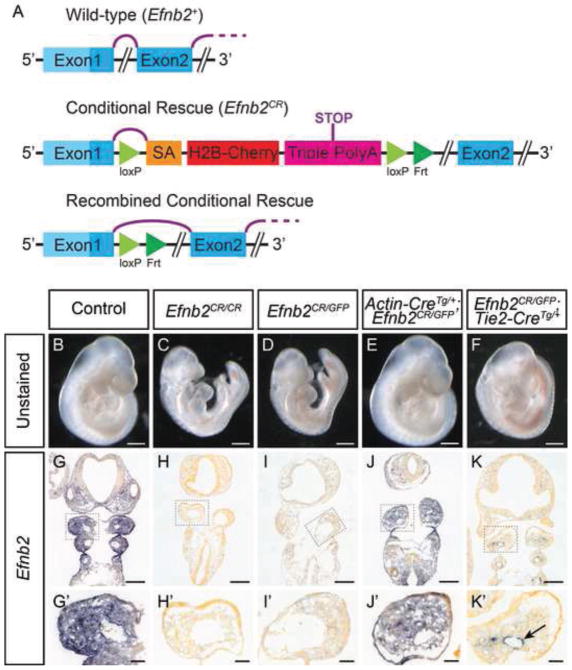Figure 1. The Efnb2CR allele facilitates tissue-specific Cre-dependent maintenance of ephrin-B2 expression.
(A) Schematic illustrating the structure of the Efnb2CR splice trap before and after Cre-mediated recombination compared to the wild-type Efnb2. Purple lines represent mRNA splicing. (B–F) Unstained embryos at E9.75 of indicated genotypes. Embryos with global (E) and endothelial (F) rescued ephrin-B2 expression and controls (B) develop normally whereas Efnb2CR/CR (C) or Efnb2CR/GFP (D) mutants do not. (G–K) In situ hybridization against Efnb2 on cryosections of E9.75 embryos of indicated genotypes with insets of the mandibular component of the first branchial arch. Embryos with globally rescued ephrin-B2 (J) show a normal Efnb2 expression pattern when compared to positive (G) and negative (H–I) controls, whereas endothelial rescued embryos (K) show Efnb2 expression restricted to the endothelium, indicated by the black arrow. Scale bars: B–F 500μm, G–K 200μm, G′–K′ 50μm.

